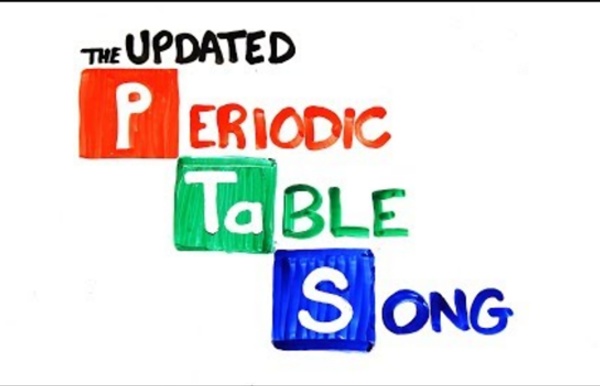



http://www.youtube.com/watch?v=rz4Dd1I_fX0
Related: athenea • ChemistryCan 100% renewable energy power the world? - Federico Rosei About TED-Ed Animations TED-Ed Animations feature the words and ideas of educators brought to life by professional animators. Are you an educator or animator interested in creating a TED-Ed Animation? Play CellCraft, a free online game on Kongregate Check your security settings Connection issues are typically caused by security settings on your network or computer. Check that your firewall or router has port 5222 open and allowing traffic. If you are on a school or office network, you may need to contact your network administrator to make the necessary changes. Is your version of Flash current? The science of static electricity - Anuradha Bhagwat You can see the effects of static electricity everywhere. The effects of static electricity are seen when an insulating material such as plastic, rubber, or wool is involved. Which materials lose electrons readily depends on the inner structure of materials themselves and how tightly the electrons are bound. Physicists have ranked materials by the order in which they lose or gain electrons.
Download Free Science Activities, Access Chemistry Multimedia, Find Information on Workshops How batteries work - Adam Jacobson Several advancements soon followed the Voltaic pile. British chemist John Frederic Daniell replaced the salt water with a solution of copper sulfate, which would be reduced into pure copper on the surface of the copper. The copper was no longer a flat plate, but a copper pot that held the solution, a zinc rod, and a porous earthenware pot separating them. The Daniell cell could generate up to 1.1 Volts without the hydrogen gas problem, a vast improvement on Volta’s short-living pile that measured only 0.8 volts. French Scientist Georges Leclanché improved on this in 1866 – he switched out the copper and copper sulfate for a carbon rod sitting in a solution containing manganese IV oxide, which would reduce to manganese (III) oxide.
The 2,400-year search for the atom - Theresa Doud Ernest Rutherford Although Ernest Rutherford is well known for his discovery of the nucleus, he did a lot of other research and experiments into topics other than the atom. He started his career studying electricity and magnetism and it wasn’t until he left his home of New Zealand and moved to Cambridge, England that he started working with the atom. Working under J.J. Thomson at Cambridge University, Rutherford investigated electrical conduction in gases using X-rays. When radioactive atoms were discovered in the late 1890s, he switched his experiment to use radioactivity instead of X-rays to initiate electrical conduction in his gases.
The genius of Marie Curie - Shohini Ghose Dr. Marie Curie transformed science and society with her discoveries. Her scientific partnership with Pierre Curie and the story of their heroic efforts that led to the discovery of polonium and radium are legendary. Despite her scientific contributions and winning her first Nobel prize in 1903, as a woman and an immigrant, she was not elected to the French Academy of Sciences in 1911. How do nuclear power plants work? - M. V. Ramana and Sajan This reading list provides a whistle-stop tour of basic issues associated with nuclear energy. Start with "The World Nuclear Industry Status Report 2016" by Mycle Schneider and Antony Froggatt. This review of worldwide developments in nuclear energy by Schneider and Froggatt, two energy analysts, aided by other specialists is published annually. It contains overviews of nuclear energy programs by country and by region, as well as summaries of global and regional trends in the energy industry.